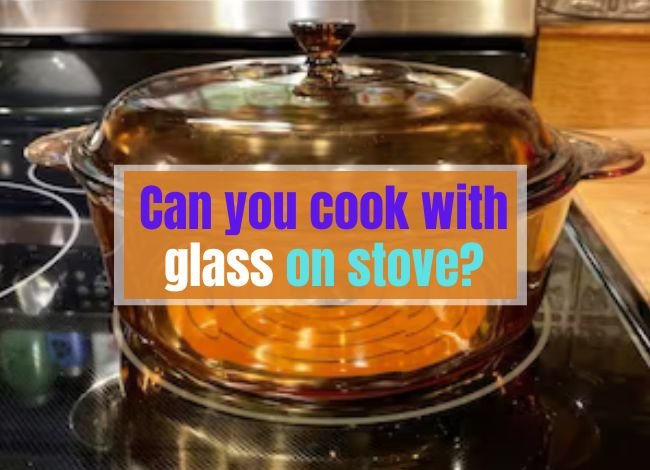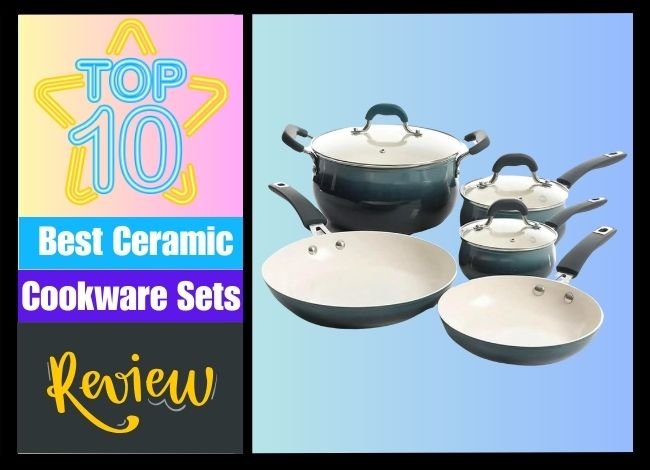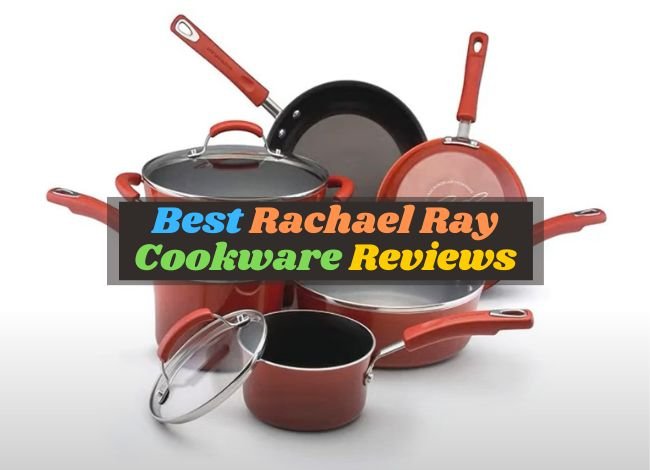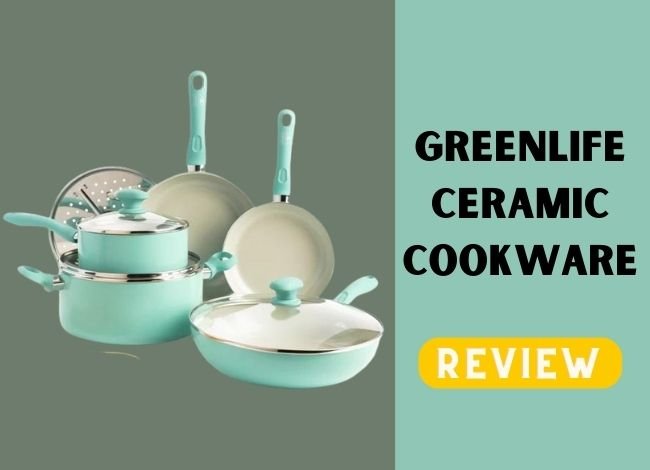Last Updated on January 30, 2024
Cooking is an art and a science, requiring the right tools and materials to create culinary masterpieces. One question that often arises in the kitchen is whether glass can be used on a stove. This topic concerns not only culinary technique but also safety and efficiency in the kitchen. This comprehensive guide will delve into the feasibility and safety of using glass on stovetops, explore the suitability of glass pots in cooking, and discuss the use of specific glassware like Pyrex and CorningWare on a stovetop.
As a result, is it possible to put glass on the stove?
The question of placing glass on a stovetop is layered and requires understanding the types of glassware and stoves involved. Generally, stovetops are designed for metal cookware, and the direct heat can be too intense for ordinary glass. However, some modern glassware is engineered to withstand high temperatures. Checking the manufacturer’s guidelines before using any glass item on the stove is crucial. Heat-resistant glass cookware, like borosilicate, can occasionally be used on certain stovetops, but caution and informed use are paramount to avoid accidents and damage.
Related Post: Can I use Le Creuset on glass top stove?
Are glass pots suitable for use in the kitchen as well?
Glass pots, often admired for their aesthetic appeal and the ability to monitor cooking progress, pose a question of suitability in the kitchen. When it comes to using glass pots, the key factor is the type of glass. Standard glass pots are not recommended for stovetop use due to their vulnerability to rapid temperature changes, leading to cracking or shattering. However, certain types of tempered or heat-resistant glass pots are designed to withstand higher temperatures and can be safely used on stovetops, particularly in low to medium-heat settings. Always adhere to the specific guidelines provided by the pot manufacturer.
Also, can Pyrex be used to cook on a stovetop or oven?
Pyrex, a brand known for its heat-resistant glassware, is often a topic of discussion regarding its use on stovetops. Traditional Pyrex, made of borosilicate glass, was renowned for its durability and resistance to thermal shock. However, most Pyrex glassware in the market today is made from tempered soda-lime glass, which is more susceptible to breaking under direct heat. Therefore, while Pyrex is excellent for oven use, it is generally advised against using it on a direct flame or electric stovetop. Always refer to the product’s instructions for safe use.
Is it safe to use CorningWare on the stove?
CorningWare, another popular brand in kitchenware, offers a range of products, some of which are suitable for stovetop use. Older CorningWare, made of program, was designed to withstand extreme temperature changes and could be used on the stove. However, newer CorningWare made of stoneware or ceramic is unsuitable for direct heat. It’s imperative to check the type of CorningWare you own and refer to the manufacturer’s guidelines. While some CorningWare dishes can be safely used on stovetops, others are limited to the oven, microwave, or serving purposes.
Related Post: What Are the Best Cookware to Use on a Ceramic Glass Cooktop?
Is it Possible to Cook with Borosilicate Glass on the Stove?
Cooking with borosilicate glass on a stove is a topic that often comes up among culinary enthusiasts. Borosilicate glass, known for its impressive heat resistance and durability, is a preferred material for many kitchenwares. Borosilicate glass can withstand thermal shock, which can go from cold to hot environments without cracking. This property makes it suitable for certain types of stovetop cooking. However, caution is necessary. Avoiding direct flame exposure and using a heat diffuser to distribute the heat evenly is essential. This method is ideal for gentle cooking techniques, such as simmering or steaming. Additionally, it’s crucial to avoid drastic temperature changes, as they can still harm the glass. Cooking with borosilicate glass on the stove can be a safe and effective method, provided these precautions are observed.
Is it Possible to Cook a Casserole Dish on the Stove?
Cooking a casserole dish on the stove is a question of versatility and understanding the limitations of your cookware. Generally, casserole dishes are designed for oven use, where they are exposed to evenly distributed heat. Transferring a casserole dish to a stove requires careful consideration. First, it’s important to check if the casserole dish is stovetop-safe. The manufacturer usually provides this information. If the dish is stovetop-safe, you must use low to medium heat to prevent damage or cracking, especially if the dish is made of glass or ceramic. Moreover, remember that stovetop cooking will heat the dish unevenly, which could affect cooking results. For dishes not meant for stovetop use, consider transferring the contents to a suitable pot or pan for stovetop cooking. This approach ensures both safety and culinary success.
Related Post: Can You Use Steel Wool on Stovetop?
Is it Possible to Boil Water in a Pyrex Glass?
Boiling water in a Pyrex glass container is a topic that revolves around the thermal properties of Pyrex. Pyrex, known for its heat-resistant properties, is often used for baking and cooking. It’s made to withstand high oven temperatures, making it a popular choice for many kitchen tasks. However, it’s essential to proceed with caution when it comes to boiling water. Pyrex can handle boiling water, but it must be heated gradually. Sudden temperature changes, such as pouring boiling water into a cold Pyrex container or placing a cold Pyrex container on a hot burner, can lead to thermal shock, causing the glass to shatter. To safely boil water in Pyrex, gradually increase the temperature and avoid direct exposure to open flames or electric stove coils. Using a heat diffuser can also help distribute the heat more evenly. Always follow the manufacturer’s guidelines for maximum safety.
Is it Safe to Use a Glass Gas Stove?
The safety of using a glass gas stove is a significant consideration for many homeowners. Glass gas stoves, known for their sleek and modern appearance, add a touch of elegance to the kitchen. These stoves typically feature a tempered glass surface over the gas burners. Tempered glass is heat-treated to be stronger than regular glass, making it a suitable material for this application. It’s designed to withstand high temperatures and the general wear and tear of cooking. However, safety is paramount. Always use cookware that is compatible with glass surfaces. Avoid dragging pots and pans across the stove to prevent scratches. Regular cleaning and maintenance are crucial to prevent build-up that can cause uneven heating and potential hazards. A glass gas stove is a reliable option for durability and safety if used correctly and cared for properly.
Is Pyrex Safe to Use in the Microwave?
Using Pyrex in the microwave is a common practice in kitchens worldwide. Pyrex, known for its durability and heat resistance, is generally considered safe for microwave use. The material is designed to withstand high temperatures, making it ideal for a variety of cooking methods, including microwaving. However, it’s important to follow certain safety guidelines. Ensure that the Pyrex is labeled as microwave-safe. Avoid using Pyrex with metal rims or decorations, as these can spark in the microwave. Also, be mindful of thermal shock; do not subject Pyrex to sudden temperature changes, such as transferring it from the fridge directly into the microwave. Allow cold Pyrex to reach room temperature first. When heating food in Pyrex in the microwave, it’s advised to use microwave-safe lids or covers to prevent splattering. By adhering to these precautions, you can safely use Pyrex in the microwave for heating and cooking purposes.
Do Pyrex Dishes Have a Tendency to Explode?
Pyrex dishes, known for their durability and heat resistance, are a staple in many kitchens. However, there are concerns about their tendency to shatter or ‘explode’ under certain conditions. This phenomenon typically occurs due to thermal shock, which happens when there’s a rapid temperature change. For instance, taking a dish straight from the oven and placing it on a cold surface can cause a sudden temperature drop, leading to breakage. It’s crucial to understand that while Pyrex is heat resistant, it’s not immune to thermal shock. To prevent accidents, avoid exposing Pyrex dishes to extreme temperature changes. Always allow the dish to come to room temperature before moving it from a hot to a cold environment or vice versa. Following these precautions can significantly reduce the risk of your Pyrex dish shattering.
Is Pyrex Glass Made of Tempered Glass?
Pyrex glassware has been a kitchen mainstay for over a century and is known for its robustness and thermal resistance. The original Pyrex, developed in the early 1900s, was made from borosilicate glass. This type of glass was renowned for its ability to withstand high temperatures and thermal shock, making it ideal for laboratory and cooking use. However, in the United States, the composition of Pyrex changed around the 1950s. The newer Pyrex is made from tempered soda-lime glass, which, while still durable and safe for cooking, does not have the same high level of resistance to thermal shock as borosilicate glass. This change was primarily due to the lower cost and easier production process of soda-lime glass. Despite this, tempered soda-lime glass Pyrex remains a safe and reliable choice for everyday cooking and baking, provided it is used according to the manufacturer’s guidelines.
Is it Possible to Go Directly from the Fridge to the Oven with Pyrex?
A common question among home cooks is whether transferring Pyrex directly from the fridge to the oven is safe. While Pyrex is designed to withstand various temperatures, avoiding sudden temperature changes is important to prevent thermal shock. Moving Pyrex from the cold environment of a fridge directly into a hot oven can cause the glass to expand and contract quickly, potentially leading to breakage. To minimize this risk, it’s recommended to let the Pyrex dish gradually come to room temperature before placing it in a preheated oven. This process doesn’t need to be lengthy; even a short period out of the fridge can make a significant difference. Following this precaution not only ensures the longevity of your Pyrex dish but also guarantees safety in your kitchen.
It is possible to Heat a Pyrex Measuring Cup on the Stovetop.
Using Pyrex measuring cups for tasks beyond measuring ingredients is tempting, especially when heating liquids. However, it’s crucial to note that Pyrex glassware is not designed for stovetop use. Heating a Pyrex measuring cup on a direct heat source like a gas or electric stove can cause thermal stress, leading to potential breakage or shattering. This limitation is due to the rapid and uneven heating that occurs on a stovetop, which Pyrex glass is not engineered to withstand. For heating liquids, it’s better to use a pot or kettle suitable for stovetop use. Pyrex measuring cups are excellent for measuring, mixing, and even microwaving, but it’s safer and more effective for stovetop cooking to use cookware specifically designed for that purpose.
When Cooking on a Glass Top Stove, What Kind of Pans Should You Use?
Glass top stoves, with their sleek design and even cooking surface, require certain types of cookware for optimal performance and to prevent damage. When using a glass-top stove, opting for pans with a smooth, flat bottom is best. This design ensures even heat distribution and reduces the glass surface’s risk of scratching. Stainless steel, titanium, aluminum, and copper-bottomed pans are excellent choices. It’s also important to avoid cookware with rough bottoms, as they can scratch and damage the glass surface. Additionally, using the right size pan for the burner can prevent overheating and potential damage to the stove. While popular for their heat retention, cast iron and stoneware pans should be used cautiously as they can scratch the glass surface if not handled properly. By choosing the right cookware, you can enjoy the benefits of your glass top stove while keeping it in pristine condition.
Which is Preferable: Pyrex or Anchor Hocking Glassware
When it comes to choosing glassware for cooking, two prominent names often come to mind: Pyrex and Anchor Hocking. Both brands are renowned for their durability and quality, making them popular choices in kitchens worldwide. Pyrex, known for its high-quality borosilicate and tempered glass, is celebrated for its resistance to thermal shock. This makes it an excellent option for transferring dishes from the freezer straight to the oven without the risk of cracking. On the other hand, Anchor Hocking boasts a similar reputation with its soda-lime glass composition, known for its sturdiness and clarity. While both brands offer a range of sizes and shapes to suit various culinary needs, Pyrex tends to be slightly more expensive due to its thermal resistance properties. However, Anchor Hocking compensates with its affordability and equally diverse range. Ultimately, the choice between Pyrex and Anchor Hocking depends on personal preference, budget, and specific cooking needs. While Pyrex might be the go-to for those who frequently cook dishes requiring drastic temperature changes, Anchor Hocking is ideal for everyday baking and storage needs.
Is it True that Anchor Hocking Glass is Made of Lead?
Concerns about lead in kitchenware have been discussed among health-conscious consumers. Regarding Anchor Hocking glassware, it’s important to address these concerns directly. Anchor Hocking, a long-standing American glassware manufacturer, ensures that their products are made from soda-lime glass, which does not naturally contain lead. The company adheres to strict manufacturing processes and quality control measures to ensure its products are safe and non-toxic. Furthermore, Anchor Hocking glassware is rigorously tested to meet or exceed food safety standards set by regulatory bodies such as the FDA. These standards ensure that no harmful substances leach into food, making Anchor Hocking products safe for cooking and storing food. While historical glassware might have contained trace amounts of lead, modern manufacturing techniques have largely eliminated this concern. Consumers can rest assured that purchasing Anchor Hocking glassware today means they are bringing a safe, lead-free product into their homes. However, checking product specifications and being informed about the materials used in any kitchenware you purchase is always advisable.
Is it Possible to Cook in Pyrex?
Pyrex glassware has been a staple in kitchens for over a century and is known for its versatility and durability. However, the question of whether it’s possible to cook in Pyrex goes beyond a simple yes or no. Pyrex is designed for various kitchen uses, including baking, cooking, and storing food. Its high-quality borosilicate or tempered glass can withstand a wide range of temperatures, making it suitable for use in ovens, microwaves, and refrigerators. This versatility allows cooks to prepare, cook, and store their meals in a single dish, reducing cleanup and simplifying meal prep. However, there are precautions to be observed when cooking with Pyrex. It should not be used on direct heat sources like stovetops or under broilers, as sudden temperature changes can cause the glass to shatter. Moreover, it’s important to avoid drastic temperature swings; for example, moving a dish from the freezer directly into a hot oven can cause breakage due to thermal shock. By understanding and respecting these limitations, cooks can safely and effectively use Pyrex in their culinary endeavors, enjoying the benefits of this durable and versatile glassware.
Conclusion
In conclusion, when it comes to cooking with glassware, both Pyrex and Anchor Hocking offer unique benefits and qualities that cater to different cooking needs. Pyrex is ideal for those requiring cookware that can withstand extreme temperature changes, while Anchor Hocking offers a more budget-friendly option without compromising quality or safety. The concerns regarding lead in Anchor Hocking glassware have been addressed, assuring consumers of the safety of their products. Furthermore, the versatility of Pyrex glassware in cooking, baking, and storage makes it a valuable addition to any kitchen. However, it is crucial to follow proper usage guidelines to ensure the longevity and safety of these glassware products. Ultimately, the choice between Pyrex and Anchor Hocking depends on individual cooking styles, needs, and budget. Both brands have established themselves as reliable and safe options in the world of kitchenware, each with a legacy of quality and innovation. By choosing either of these brands, cooks can enjoy a blend of functionality, durability, and peace of mind in their culinary adventures.




